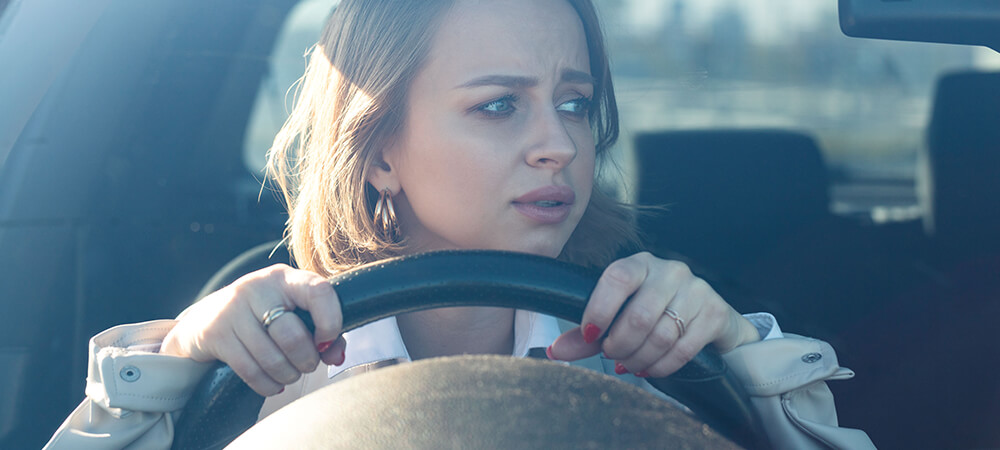If you’ve had a few hours of driving lessons and have covered moving off, the chances are you’ve felt the car judder and the engine switching itself off. Your car has stalled!
Stalling (in driving terms) is the term that is used to describe the engine turning off and is more often than not down to an issue with clutch control. Basically, if you bring the clutch up too quickly while in gear when you are stationary or moving at a speed that is too slow for the gear you are in, then you are likely to stall the car.

From people who have been driving for years to learner drivers who are completely new to driving, everyone has probably stalled their car. The important thing is to stay calm, not worry or panic and stay safe when restarting the car.
How the clutch works
To properly understand stalling, it’s valuable to understand how the clutch of the car works. The clutch is made up of two friction plates, which move apart from each other when the clutch pedal is fully depressed, thus disconnecting the engine from the wheels of the car, not allowing any power to be transmitted from the engine to the wheels. As the clutch pedal is brought up, the two plates move back together, allowing the engine’s power to reach the wheels – this is known as the biting point. Once the clutch pedal is completely raised, the two plates will lock together so that all of the engine’s power is sent to the wheels. Both of the plates require the same revolutions (revs) per minute (RPM) in order to keep the engine running, which is determined by the gear you are in.
You can find out more about clutch control here.
Stalling occurs when you don’t give the engine and the wheel plates enough time to connect, and the RPM cannot be sustained.
In automatic cars, the car handles the changing of the gears for you so there is no need for a clutch pedal. However, it is still possible for an automatic car to stall, but usually as a mechanical failure rather than the fault of the driver.
How can I avoid stalling?
The key to avoid stalling a car is to hold the clutch at its biting point for long enough to allow the plates to connect properly.
If you look at this diagram, you can see in Engine A that the driver’s foot is all the way to the floor. When the foot is to the floor, the plates are not connected. If you look at diagram Engine B, their foot is completely lifted and, as you can see, the plates are connected. To avoid stalling you need to be sensitive around the mid area of A and B. Sometimes it helps to count to three seconds as you bring the clutch up fully. This usually gives the plates long enough to move together and connect. Once connected, the car is in drive and there is no further risk of stalling.

What should I do if I stall?
The number one thing is to stay calm and don’t panic. Fixing a stall isn’t difficult – you just have to know what to do. As soon as the engine switches itself off, apply the handbrake to secure the car and stop it from rolling. Then, just start the car as you usually would when you get in.
- Put the car into neutral
- Switch on the engine – some cars require you to press the clutch down to do this
- Depress the clutch and select first gear
- Check your mirrors and blindspot – even if you only stopped for a second, as the road could have changed in that time
- Move off again when it is safe to do so!
Will you fail your driving test if you stall?
Stalling during your driving test does not directly warrant a fail. It all depends on the situation and circumstances surrounding the stall. If you do end up stalling on your driving test, the driving examiner will be looking at how you deal with the situation and how the stall and your correction of it affects other road users. If you fail to control the car after the stall and it affects other road users, then you could fail your driving test. However, if you deal with it correctly – by staying calm, performing the correct observations, securing the car correctly, move off again smoothly etc. – then you’ll probably only receive a driving fault for it.






